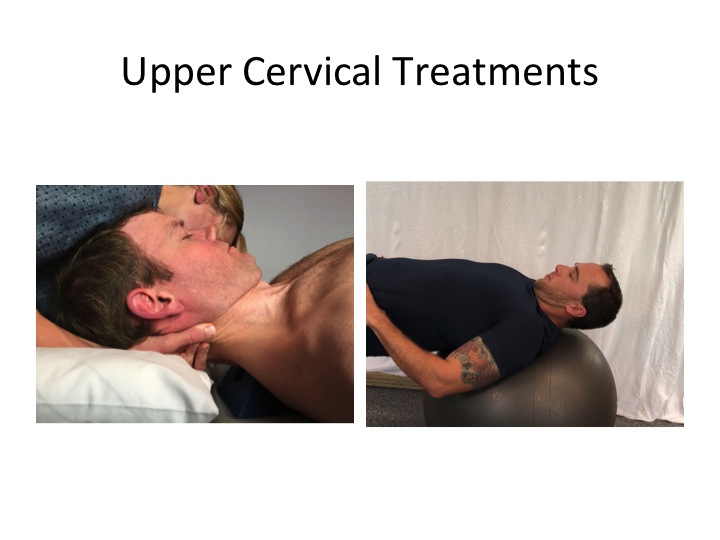Temporomandibular joint (TMJ) pain or Temporomandibular Disorder (TMD) is a painful condition limiting a patient’s ability to utilize the joint moving the lower jaw on the skull. When painful this joint limits an individual’s ability to eat, speak, and yawn. Pain is often felt in front of the ear over the joint surfaces. In addition to joint pain, patients often experience significant soft tissue and pain in the muscles involved in the aforementioned functions. Frequently patients with TMD experience concurrent headache symptoms driven from the cervical spine.
The upper cervical spine composed of the upper two vertebrae and the skull has an important contribution to TMJ function. These two regions of the upper quarter work closely together during normal head, neck, and jaw movements. Researchers and clinicians often find restrictions in the mobility and motor function of the upper cervical spine in patients with jaw pain. In our Boulder Physical Therapy practice, we find optimal outcomes after treating both regions in patients with jaw pain. A recent research article supports this treatment approach.
Calixtre and colleagues examined the impact of upper cervical manual therapy and deep cervical flexor strengthening in patients with TMD and headache (J Oral Rehabil. 2018). Authors randomized 61 patients to either upper cervical mobilizations and strengthening exercises or a control group. Patients in the intervention group received manual therapy and exercise interventions over 5 weeks. Authors reported significant reductions in both headache symptoms and oral, facial pain in the intervention group. This study highlights the importance of examining and treating adjacent body regions to the area of a patient’s pain.
Click Here To Schedule Your Initial Evaluation and Treatment With The Experts At MEND

